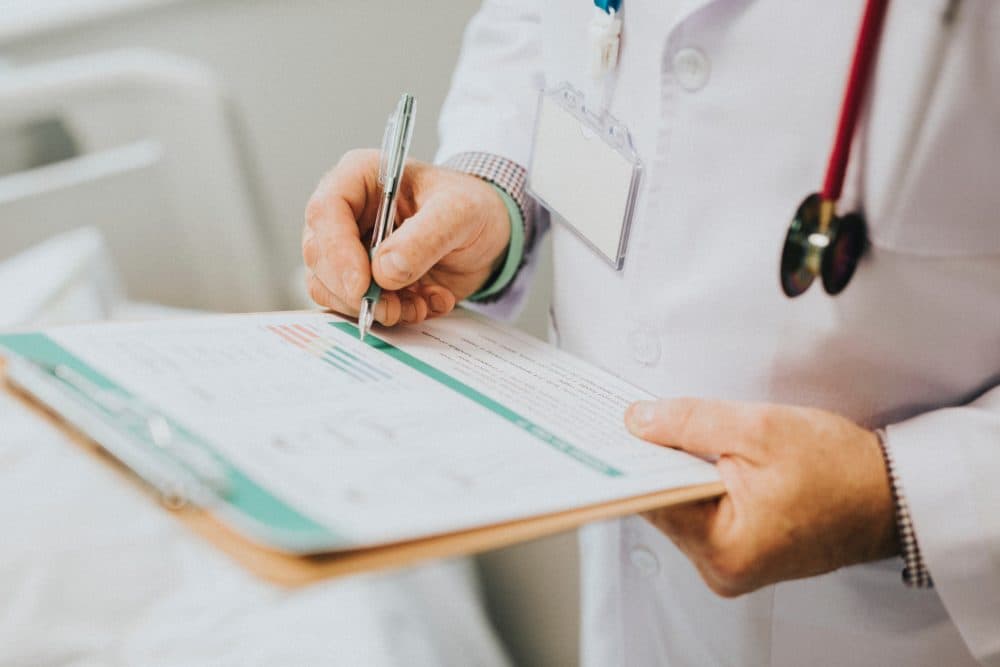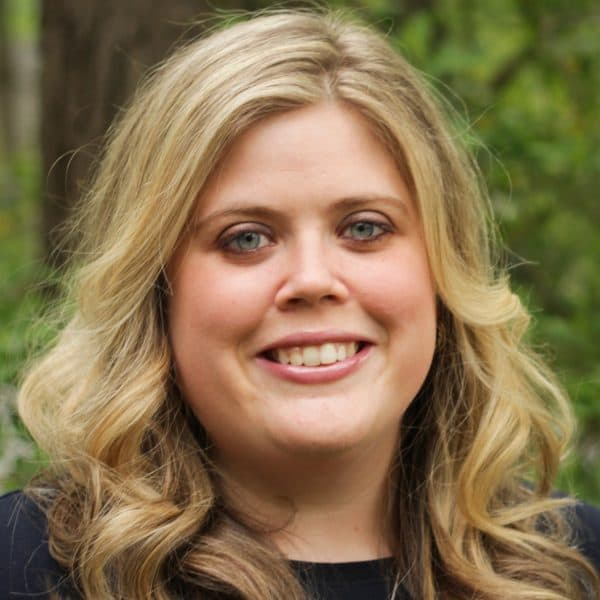Advertisement
Commentary
What Does Progress Mean For Rare Disease Patients? Coordinated Care

My lungs are temperamental and particularly susceptible to the weather. When the weather changes, my wheezes get deeper and audible, my secretions thicken and I move less air. The very timbre of my voice changes.
Late winter New England weather is especially volatile, so my daily chest physiotherapy (chest PT) appointments are all the more valuable. Chest PT is a treatment where a physical therapist manually and vigorously “claps” each lung lobe to loosen secretions caused by my primary ciliary dyskinesia (PCD), a rare genetic respiratory disease. It is time-consuming, uncomfortable and utterly life-changing.
I was 23 when I was finally diagnosed with PCD, and starting chest PT and changing my medication regimens drastically reduced my inpatient time in the hospital.
When one of my physical therapists texted me the other day to offer a treatment earlier in the day than normal, I was relieved. The weather had changed from rainy and raw to cold and blustery overnight, and I was struggling to take breaths comfortably. Before I could confirm the switch, a flurry of texts to make sure my husband could cover our daughter’s afternoon pick up and activities ensued. Thankfully, this time all the variables fell into place — I got my treatment when I really needed it, and everyone was where they needed to be.
It may be “my” illness, but it is our collective effort that helps me lead a fuller life.
This is a reflection of a deeper ongoing collaboration to manage my disease: my physician and chest PT providers write letters and advocate for continued coverage of my various treatments, my two physical therapists work around their own busy schedules to arrange regular treatments, and my own family’s rhythms and schedules bend and stretch to accommodate my treatments. It may be “my” illness, but it is our collective effort that helps me lead a fuller life.
February 28th is international Rare Disease Day, and this year’s theme, “Bridging health and social care,” is a timely reflection of this tension. The 25 to 30 million Americans who live with 7,000 rare diseases experience some form of this type of juggling: the many trips to doctors and hospitals, the ongoing correspondence with insurance companies to try and get diagnostics or treatments covered, the time, energy and side effects treatments themselves often entail, the coordination of information and scheduling with multiple providers and therapists, and the fundamental fact that common life tasks are that much harder when a person is physically struggling.
Advertisement
In fact, a recent European study that looked at balancing care and daily life with rare diseases found that eight in 10 patients experience difficulties in completing basic daily tasks. Much of this time-consuming care falls to family and loved ones. All told, seven in 10 patients and their caregivers either stopped or decreased their professional activities to accommodate rare disease. Since many rare diseases affect pediatric patients, parents assume much of this responsibility.
Two of the biggest challenges rare disease patients face are accurate diagnoses and the existence of appropriate treatments. On average, rare disease patients in the United States wait an estimated seven years before getting diagnosed. According to NORD, the National Organization for Rare Disorders, more than 90 percent of rare diseases lack an FDA-approved treatment.
Right now, there is encouraging progress on both these fronts. For example, the Undiagnosed Diseases Network, a research study funded by the National Institutes of Health Common Fund, seeks to provide answers to patients suffering from otherwise undiagnosed “mystery” illnesses, and increase knowledge about both rare and common diseases. As of January of this year, 1,005 study participants have been evaluated, and 267 have been diagnosed. The Orphan Drug Act continues to be successful in offering incentives for companies to develop drugs for rare diseases, particularly for certain blood disorders and cancers.
Of course, patients with chronic illnesses that are not as rare often confront many of these same challenges. After all, we are all trying to navigate an insurance system still best suited for acute interventions, not for meeting the ongoing needs of incurable illnesses. We need only to look at the deadly pricing crisis with insulin for patients with diabetes to see that even when we have proven, effective treatments for chronic conditions, systemic barriers to accessing life-saving drugs exist.
I am one of the lucky ones; diagnosis itself doesn’t necessarily translate into quality of life improvements for rare disease patients, or the slowing down of disease progression. Continued momentum in terms of diagnosis and treatment is crucial, but this Rare Disease Day, it’s also important to stop and consider just how important coordinated care and collaboration is.
